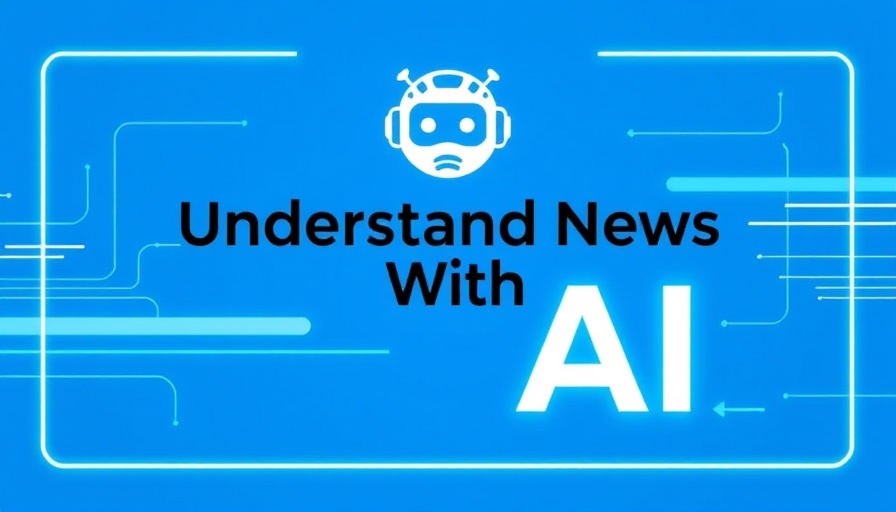
Understanding CrowdStrike's Job Cuts: The AI Influence
In the ever-evolving landscape of the technology industry, job displacement due to advancements in artificial intelligence (AI) is becoming increasingly common. CrowdStrike Holdings Inc., a major player in the cybersecurity realm, has recently announced the layoff of approximately 500 employees. This decision represents 5% of its global workforce, marking a significant shift as the company aims for greater operational efficiency.
CEO George Kurtz highlighted that the integration of AI is pivotal to these changes. According to him, AI not only accelerates product development but also reduces the workforce requirement needed to manage traditional tasks. "AI flattens our hiring curve," he stated, revealing a vision where technology facilitates higher productivity with fewer human resources.
The Broader Picture: Workplace Changes in the AI Era
While CrowdStrike's layoffs might be a recent headline, it is part of a broader trend across various sectors affected by AI implementation. Major companies, including Intel and Google, have reported similar job cuts, focusing on restructuring their workforce in light of new technological capabilities. For example, Intel announced it would lay off over 20% of its workforce as part of a major restructuring. Such changes emphasize a growing reliance on technology, fundamentally altering how companies operate and the roles workers fill.
Financial Implications and Future Outlook
Despite the job cuts, CrowdStrike projects an optimistic financial future, reaffirming its guidance for fiscal year 2026 with anticipated earnings between $4.74 billion and $4.81 billion. The layoffs, which are expected to incur charges between $36 million to $53 million, are considered a strategic move to reach an ambitious goal of $10 billion in annual recurring revenue by January 2026. These figures reflect confidence in the company's direction and suggest that while job loss is painful, the drive towards efficiency positions them for growth.
The Human Element: Impact on Workers
For those impacted by layoffs, the emotional toll can be significant. Losing a job can lead to anxiety, uncertainty, and feelings of loss. Many employees turn to networks and communities for support during transitions. Understanding these feelings shapes how we can better respond to those affected, promoting compassion as well as practical assistance. As AI transforms roles, the conversation around retraining and support for impacted workers becomes vital. Programs that help former employees transition into new roles, particularly in tech, are essential in fostering a more resilient workforce.
Conclusion: Embracing Change in a Complex Landscape
While the job market is undergoing a transformation with the rise of AI, companies like CrowdStrike demonstrate both the challenges and opportunities that arise from this shift. Layoffs, while tough, remind us of the need for adaptability in workforce strategies. Moving forward, organizations must consider how to implement technological advancements alongside maintaining their human capital, ensuring that employees gain access to new roles and training.
As we witness these shifts, it’s important for communities and industries alike to find ways to support those affected by job loss. Navigating this new landscape requires not just technological advances but human-centered solutions that prioritize the well-being of employees. Through awareness and support, we can foster a future where technology and humanity progress hand in hand.
 Add Row
Add Row  Add
Add 




Write A Comment